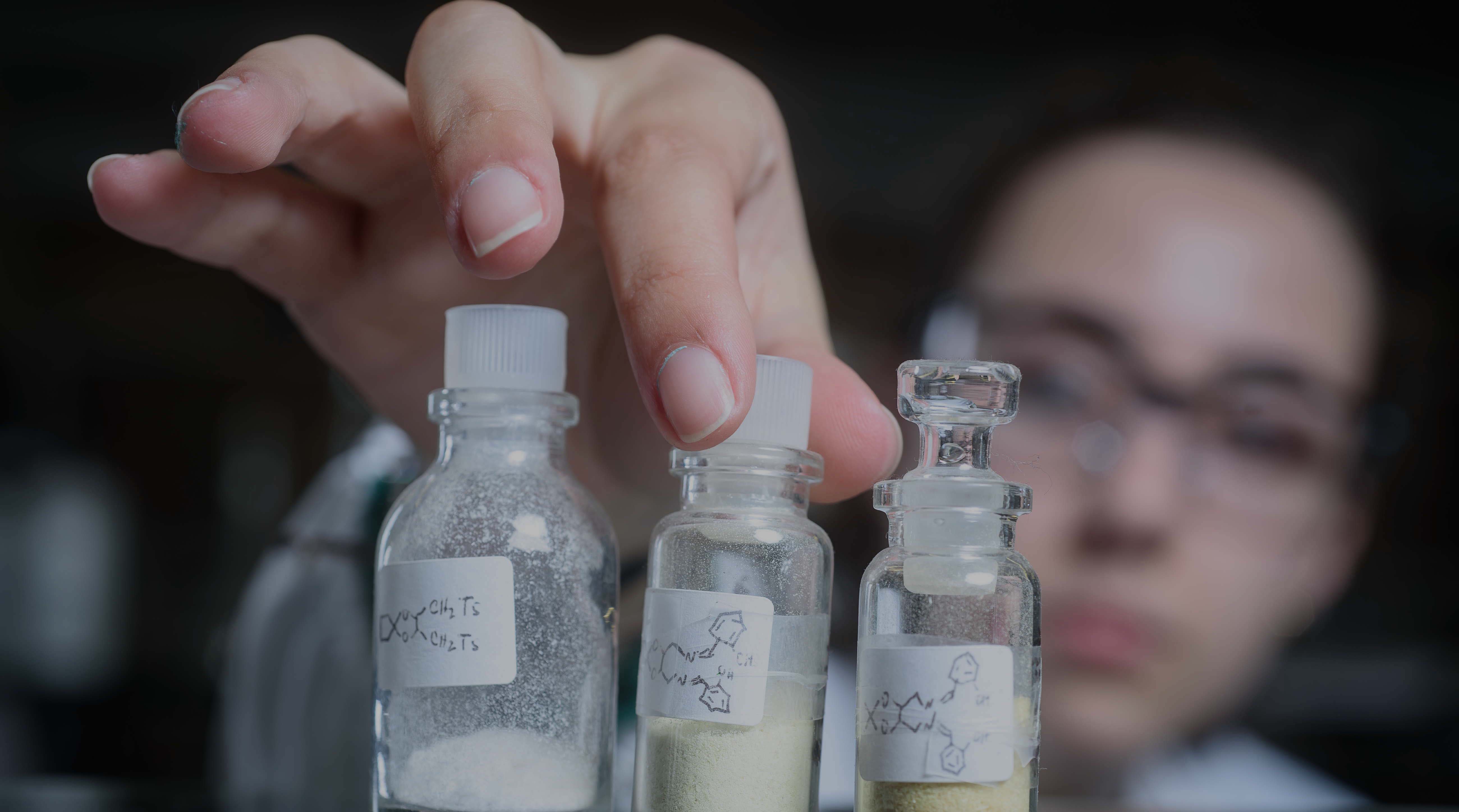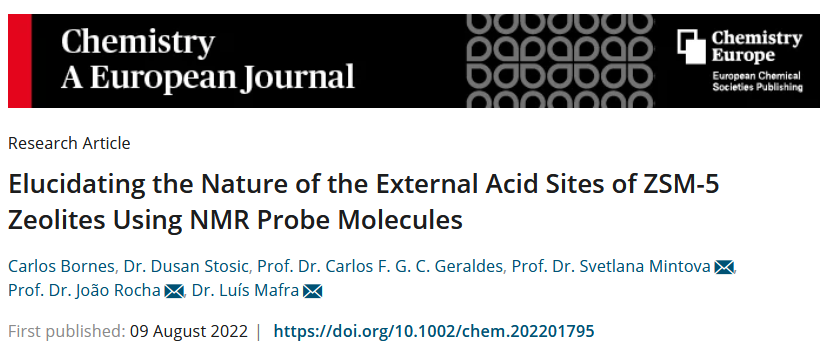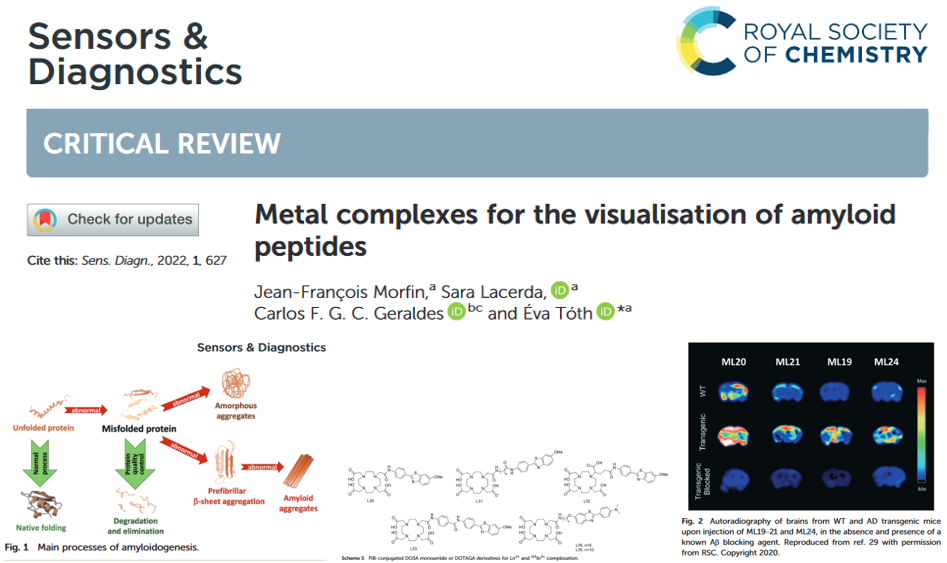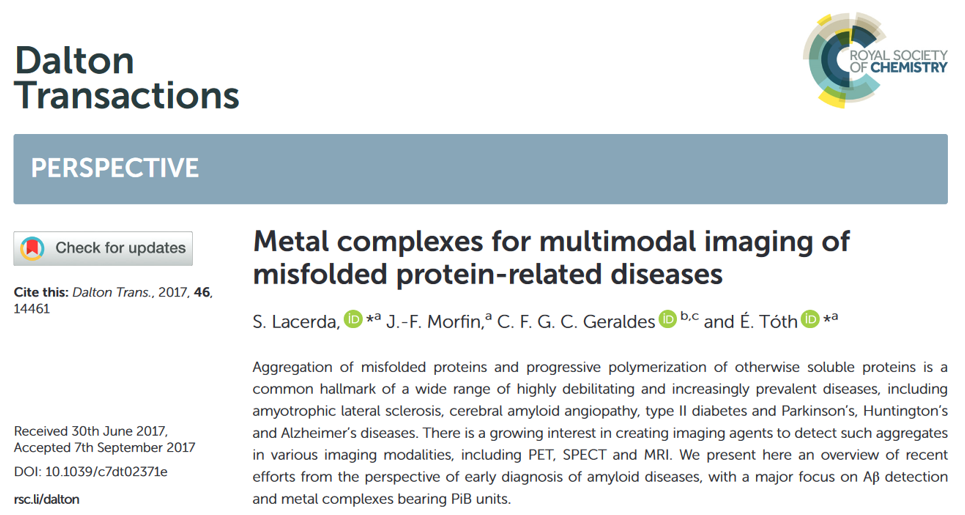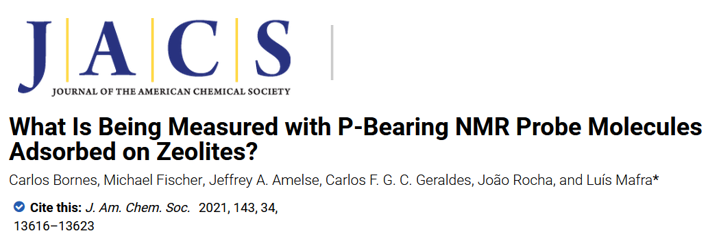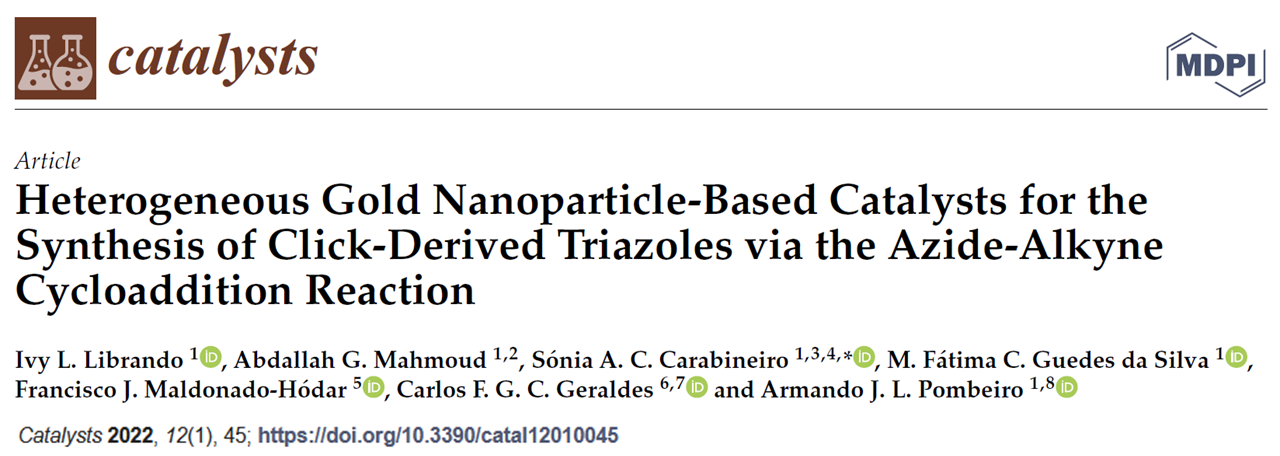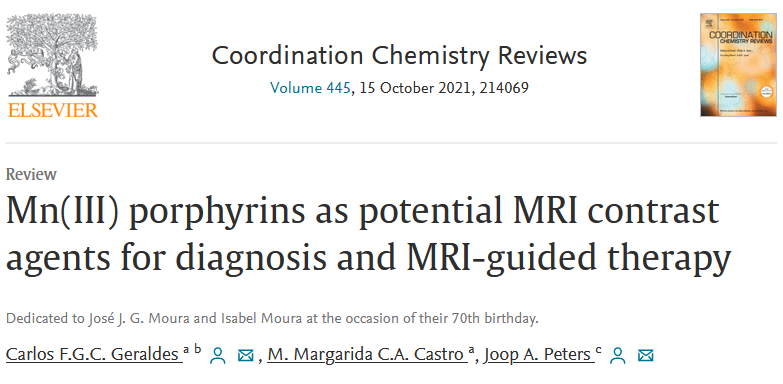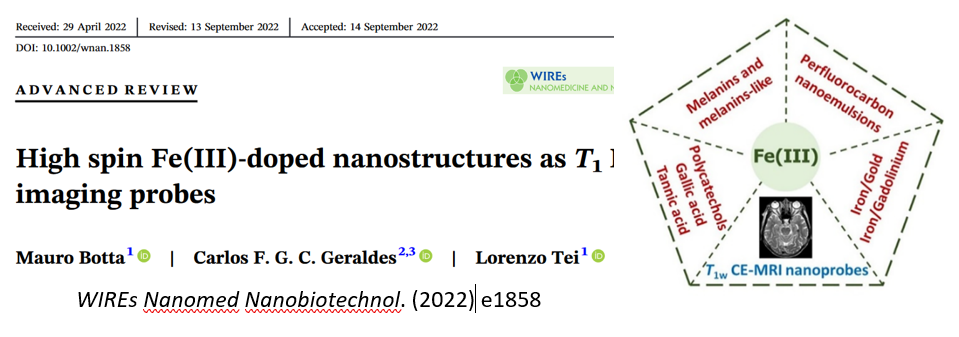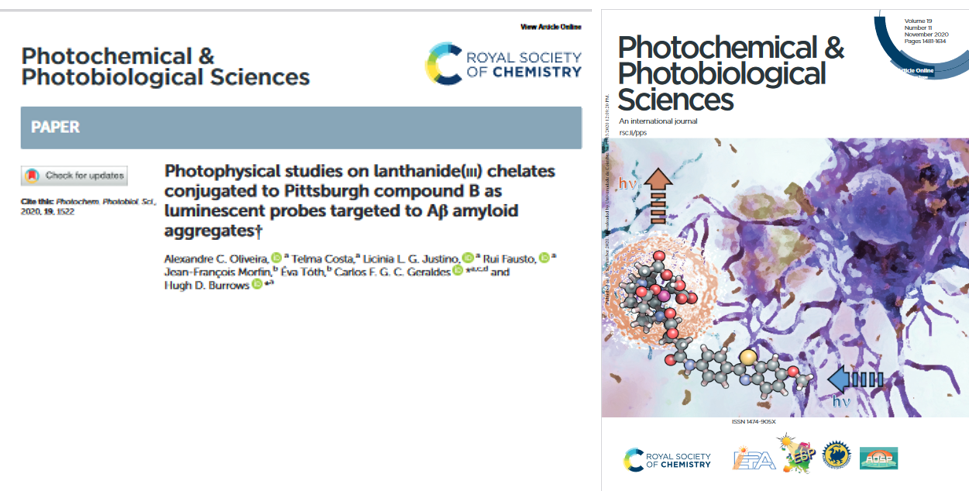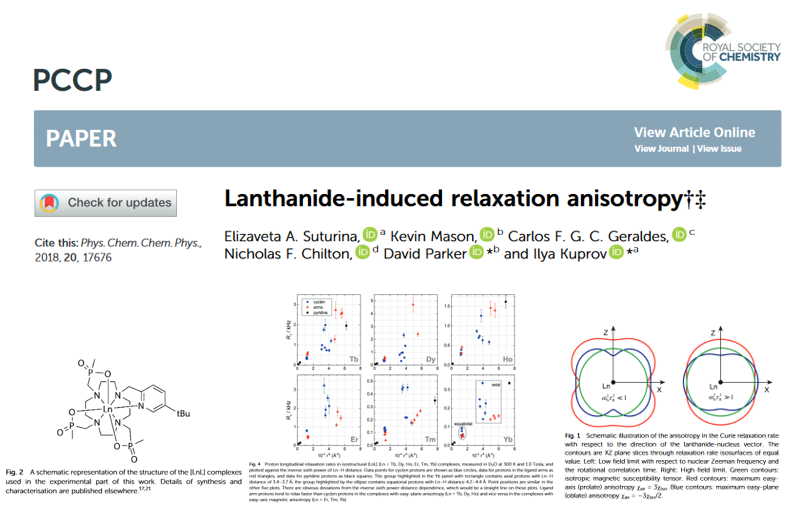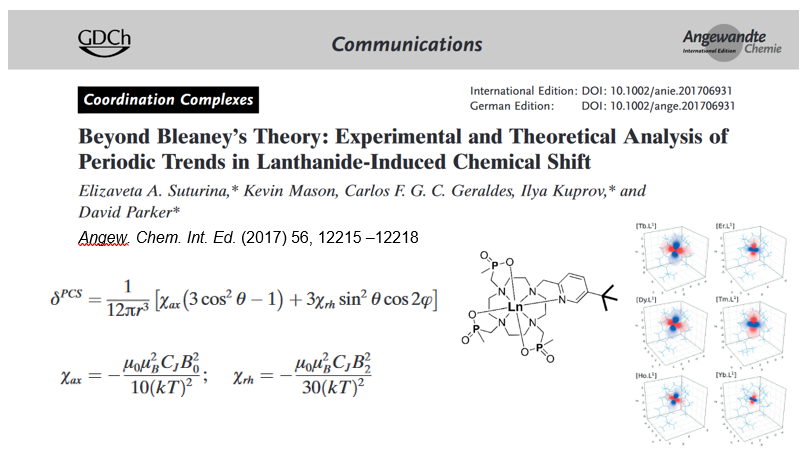Biomedical NMR and Molecular Imaging. Development and evaluation of contrast agents for magnetic resonance imaging and multimodal molecular imaging. Nanosystems for theragnostics and multimodal imaging. Interaction studies between small ligands and proteins by NMR. Protein structure (laforin) and oligosaccharide binding studied by NMR techniques.
Publication Highlights (click on the image to access the publication)
Inorganic Chemistry feature article and cover - interactions of MRI contrast agents with membranes
We revealed, using molecular dynamics simulations, the interactions of the contrast agent [Gd(DOTA)]- (DOTAREM®), used in magnetic resonance imaging (MRI), with POPC lipid bilayers, models of cell membranes.
Contrast agents are important imaging probes in clinical MRI, increasing image contrast, allowing the identification of anatomical changes that would otherwise not be possible to detect. There is active research in the field of developing new contrast agents to image specific pathological markers or detect local biochemical changes. However, the permeation of these agents (based on gadolinium(III) complexes) through narrow biological barriers, such as the blood-brain barrier, is extremely slow, hindering their wider application in the diagnosis of neurological diseases.
The simulations in this study revealed details about the interaction of the agent [Gd(DOTA)]- with the lipid bilayer, far beyond the information accessible by experimental methods. Various properties, including global and local impact on the bilayer, were analyzed. As expected, the results indicate a low partition coefficient and a high permeation barrier for this reference compound. However, the formation of favorable interactions with the membrane has been demonstrated, leading to moderately long residence times. Although the coordination of an inner sphere water molecule is maintained for the membrane-associated chelate, the physicochemical attributes of [Gd(DOTA)]- as a contrast agent for MRI are affected. Namely, increases in rotational correlation times and inner sphere water residence time are observed, with the former expected to significantly increase the relaxivity of water protons.
With this work, a reference framework for future work involving the interaction of metal chelates used as imaging probes with lipid bilayers was established. Such work has the potential to improve understanding of key aspects of this interaction. Ultimately, this will be important in improving the passive permeability of these compounds across biological barriers, such as the blood-brain barrier, toward target tissues. Overcoming this problem has unlimited potential in the development of new strategies for the early diagnosis of neurodegenerative diseases, enabling the development of new therapeutic approaches.
The work was recently published in the journal Inorganic Chemistry, published by the American Chemical Society, having been distinguished as "Feature Article" and "Editor's Choice" and also invited to be the cover image of the issue in which it was published.
MRI contrast agents: small complexes

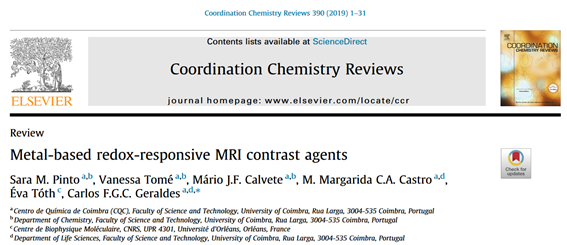

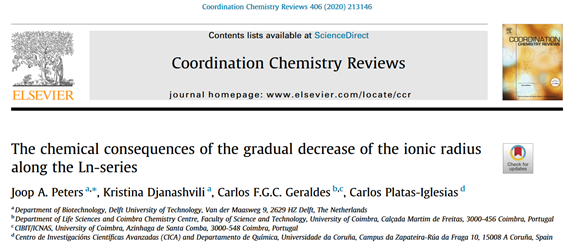
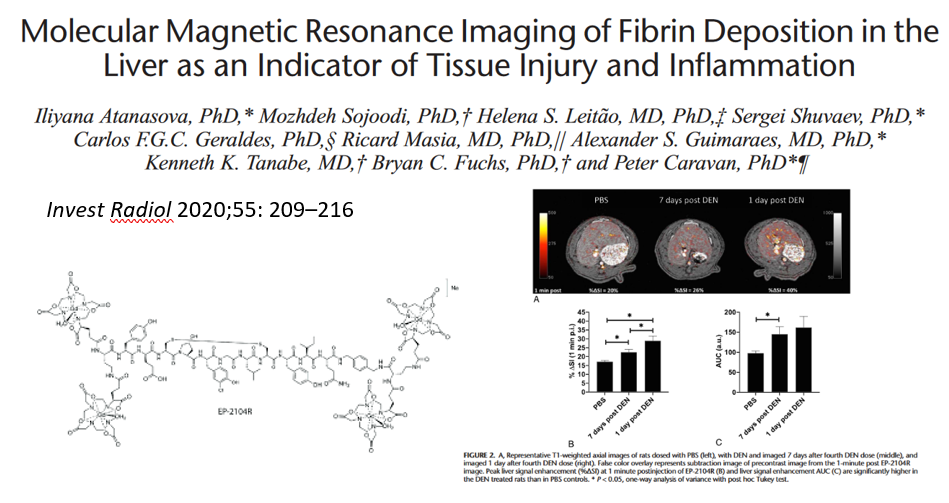
MRI and multimodal contrast agents: nanosystems

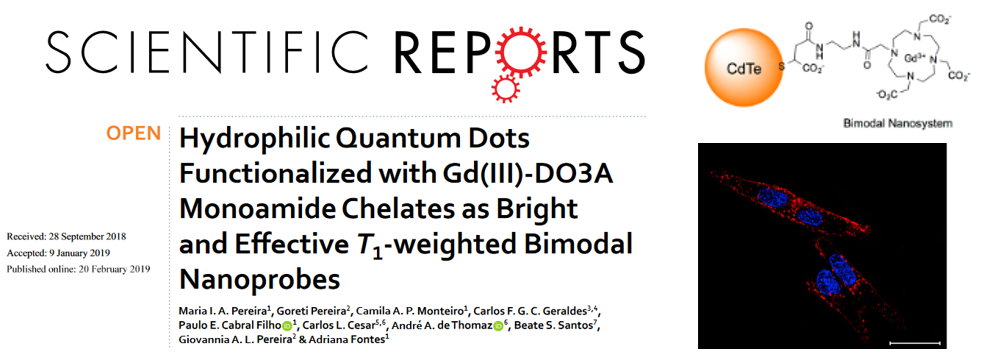

Imaging Probes for other imaging modalities
Theory of Paramagnetic shifts and Relaxation
Metabolism
